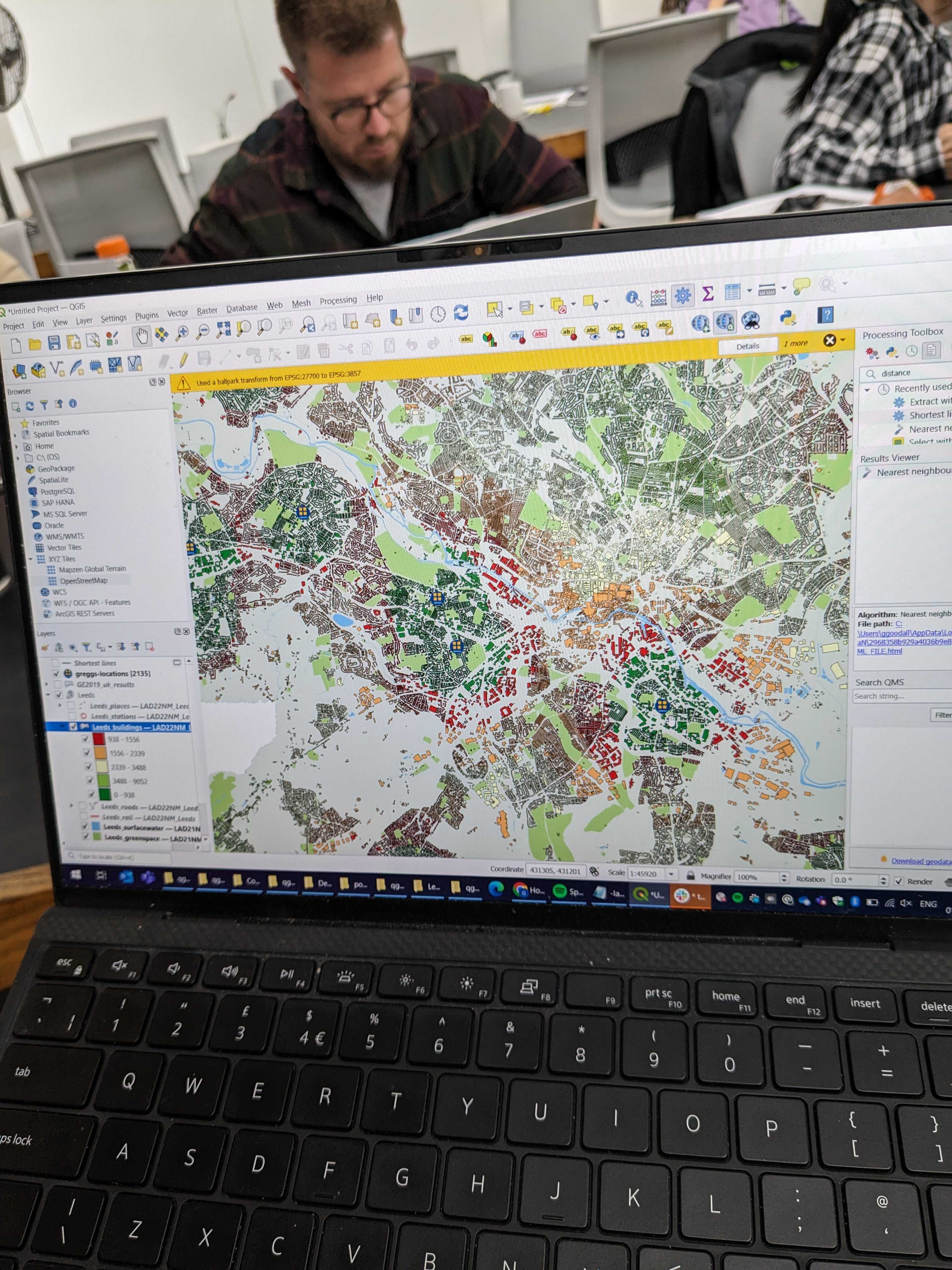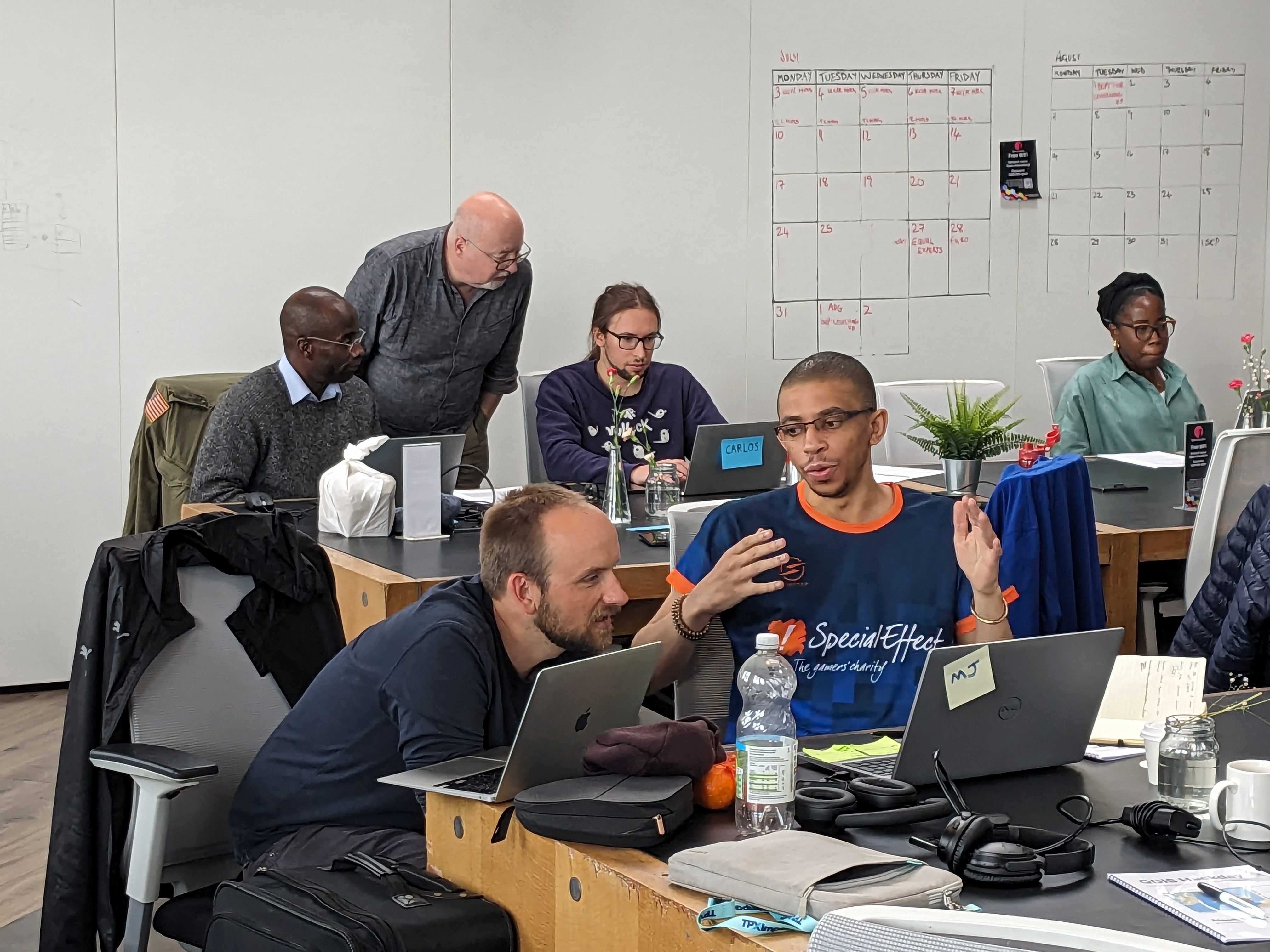Weeknote—7 August 2023
Recap of the service
Planning Data aims to make land and housing data easier to find, understand, use and trust.
We believe this will lead to:
- better planning decisions
- fewer uncertainties and delays in the housing system
- more new digital services for property and planning
- better relationships between communities and developments
Our platform collects planning and housing data from local planning authorities (LPAs) and transforms it into a consistent state, across England. Anyone can view, download and analyse the data we hold.
We want to democratise access to planning data, enabling citizens, policymakers and builders of services, to inform planning and housing decisions.
Reviewing policy teams’ needs to help prioritise future data standards
Eloise led a session to review some of the responses we’ve had from policy teams who want to establish new data standards.
We took the chance to discuss:
- ways we could improve the data standards request form in light of the responses we’ve had
- recent work on our data discovery process
We plan to make some changes to the form and will be looking to do some user testing of the website content and the form with policy colleagues.
QGIS hack day: let’s be users for the day
Alasdair Rae facilitated a fab day at the Open Innovation centre in Leeds. We stepped into the shoes of a data analyst who wants to visualise and investigate geospatial data.
Alasdair taught us the basics of how to import, layer and format data. We saw first hand what the users of our platform do with data, the types of questions they ask, and what would be helpful for them.
We also got an insight into the many problems data analysts face, and how to investigate any weirdness (why is there a listed building in the middle of the Irish Sea??).
At stand up the following morning, we reflected on what we’d learned:
- we experienced the pain of finding open datasets that are complete, in the correct format and up to date (a particular issue when trying to map the locations of Greggs bakeries across England against the location of leisure centres!)
- we appreciated how powerful geospatial visualisation software has become, and in turn the potential value of the map on our site
- it got us thinking about how particular data packages could benefit particular use cases, rather than thinking of a dataset in isolation (for example, an analyst would find it helpful to have this dataset as well as this other dataset to carry out a certain task)
To have a go yourself, download QGIS. You can find open datasets on our service. You can also download some of Alasdair’s formatted datasets.



Who are our data consumers?
Polly facilitated a workshop with the team to find out:
- who we think the consumers of the data on our platform are
- what they’re trying to achieve
- whether we think they are in scope (at least for now)
It became clear there are many potential users of the data on the platform, which fall into a wide variety of role types (such as analysts), with different intentions (for example, a town planner has a different goal from a journalist).
We considered a few different lenses:
- is this use case a public good that we are best placed to enable?
- our role in enabling others to access the data needed to build digital services
- who would find the data we have published useful, at this point in our development
Even though we’re not able to meet everyone’s needs, we need to make sure whoever finds themselves on our site is able to understand and use the service.
Reviewing the alphas
Over the last couple of years, the team has explored the problems around how we can get planning data into the hands of those who can shake up the planning system.
We’ve experimented with a range of alphas to improve slices of the service.
For instance:
- how can we help local authorities to check their data before it reaches the service?
- how can we track and share the performance of the service?
- how can we make it easier for local authorities to provide and maintain their local plans data on the platform?
This has resulted in a range of alphas being developed, tested and made available publicly.
Now we need to take stock and see which insights we can use to improve our service.